Earth for the Decembrist, how to properly replant a plant and care for it
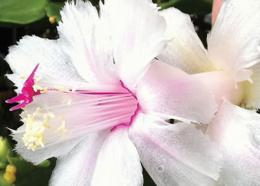
Schlumbergera or Zygocactus (Decembrist, Christmas tree) is a parasitic cactus, devoid of thorns. The flower has long and firmly established itself on the windowsills of houses in our latitudes. It came to Europe from distant Brazil at the beginning of the 19th century. Zygocacti grow in tropical forests directly on tree branches at high altitudes, where precipitation does not interfere with their growth and development.
Content:
- Known varieties
- How to properly care for a flower
- Transplantation and propagation
- Earth for the Decembrist: composition
- How to prepare a plant for the growing season
Known varieties
All varieties of Decembrist (Rozhdestvennik) known to science are now cultivated and grown in apartments and greenhouses. Plants are very popular among gardeners due to their decorative properties and amazing lush flowering.
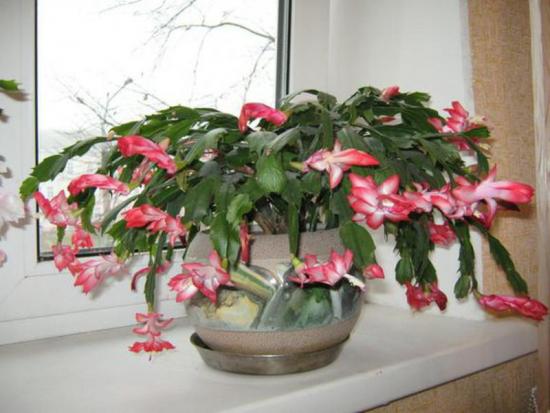
Although the plant is not particularly capricious, in order to successfully grow a thorough study of information about the characteristics of the plant and principles of care will be required.
Zygocactus Kautsky - a distinctive feature of this species of Schlumbergera - purple flowers up to 5 cm in diameter with pointed petals.
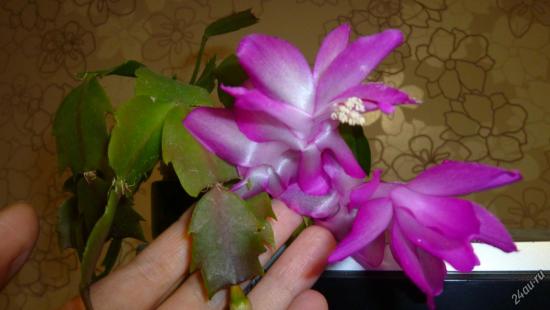
The shoots are segments with a rounded edge.
Zygocactus truncated - characterized by small segment sizes, their edges are pointed. The flowers are large in size, can be pink or crimson, their diameter can reach 4-6 cm.
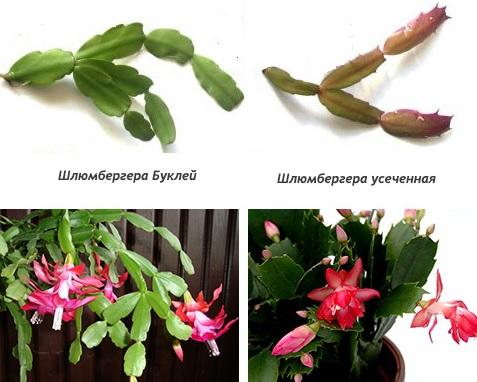
Ruselliana - blooms with bright crimson flowers with oblong petals and white stamens during flowering, turning the zygocactus into a blooming bouquet.
Gertnera is a variety with large flat segments up to 7 cm long. Gertnera is also interesting because the ends of the shoots have crimson flowers grow in several tiers.
An interesting composition will be obtained if you plant several varieties of Decembrist in one pot: flowers of various sizes and colors will make up an exquisite living bouquet.
How to properly care for a flower
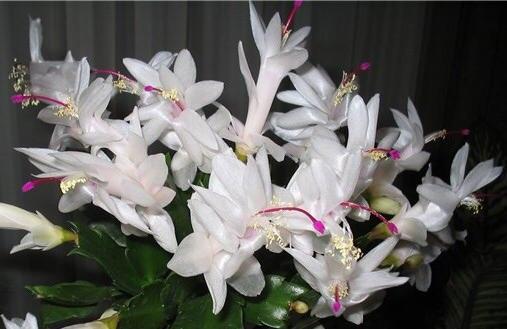
Since the flower changed the tropical forest of South America to a temperate continental climate, it has not changed its preferences: zygocactus does not tolerate excess moisture and sunlight. After all, it does not grow on the ground itself, but at an altitude of up to 80 meters.
The natural temperature regime of the living room is perfect for the plant. The average temperature should be on average +20.
Watering
Watering abundant, in the summer the flower loves frequent spraying, but does not tolerate stagnation of water in the pot or rotting of the root system. 2 months before the start of the growing season, watering is halved, then resumed in full. The soil in the pot should not be constantly saturated with moisture.
Water for irrigation should be at the same temperature as the air in the room and should be pre-settled. If the air temperature exceeds 20 C, alternate watering with spraying, and from time to time give the plant a real shower.
Lighting
For lighting Diffused light is suitable; if there is only room for the flower on the windowsill, try to provide it with shading. Insufficient lighting has a negative effect during the flowering period - the buds quickly wither and crumble.
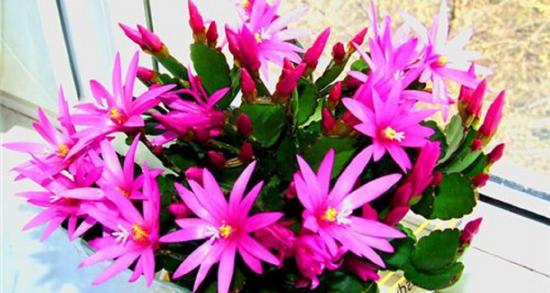
Top dressing
The plant needs feeding during the flowering period, which lasts from 2 to 3 months. If you do not fertilize the soil, some of the buds will wither or fall off prematurely, which is associated with a deficiency of phosphorus and potassium in the plant cells.
Before the beginning of the growing season, you should add mullein solution, wood ash or fertilizer for flowering cacti to the soil 2 times a month.
Phosphorus and potassium fertilizers will be appropriate in small quantities. All fertilizers are applied to the soil in the form of a weak solution.
Transplantation and propagation
Christmas tree loves loose, nutritious, acidic soil. Transplanted cactus at the end of winter, after flowering has stopped. Choose a shallow pot and prevent moisture stagnation with a significant layer of drainage.
Do not buy a blooming zygocactus, as the plant reacts painfully to changes in its environment and will most likely drop its flowers. Flowering will resume only next year.
The flower does not need frequent replanting, provided it is fed regularly mineral fertilizers. Decembrist is replanted on average once every 5 years. If the plant is less than three years old, it will have to be replanted more often.
Decembrist reproduces vegetatively. To make cuttings, it is enough to pinch off the edge of the shoot, 2-3 segments in size, place the branch in the soil and cover with a glass.
Earth for the Decembrist: composition
For the Decembrist, the earth should have an acidic reaction. Buy a peat mixture, add a small amount of sand and expanded clay to it. The soil should be loose and passable for water.
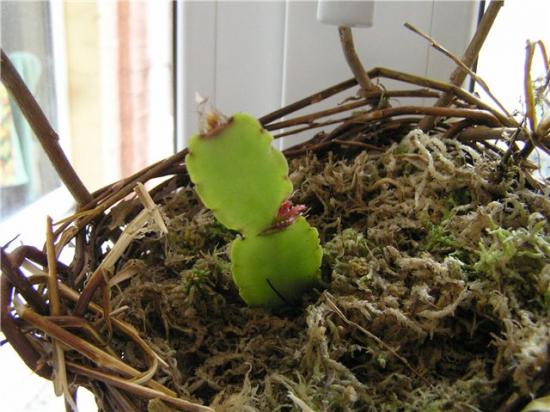
An epiphytic plant with a poorly developed root system does not need a deep pot, since the roots still do not reach the bottom, but at a depth water can stagnate and the soil can rot.During transplantation, expanded clay is poured onto the bottom of the pot as drainage.
Ready Earth for the Decembrist should consist of peat, a mixture for cacti, a small amount of ground sphagnum and ground expanded clay, sand and leaf humus. This composition partially brings the plant closer to its natural tropical conditions.
How to prepare a plant for the growing season
At the end of September, artificially reduce the plant's daylight hours to 8 hours using a shading screen. If this small condition is met, by the end of November - beginning of December many buds will appear at the tips of the shoots.
To ensure that the growing season lasts as long as possible, the flower is sprayed and sudden temperature changes are not allowed.
Another way to prepare for growing season: place the zygocactus at the end of September in a room with a temperature of + 10 C, reduce the amount of liquid by half, stop fertilizing. In November, return the flower to its original place under the same conditions, resume watering, and apply fertilizer.
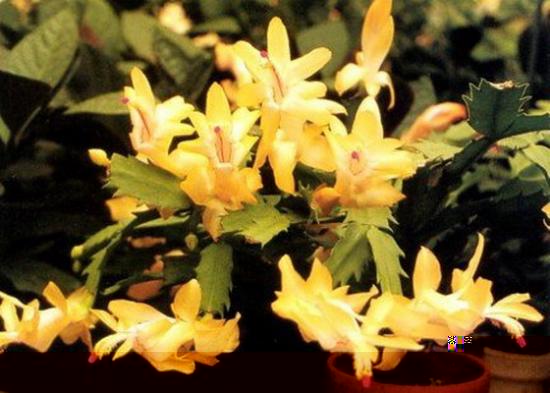
Under no circumstances apply nitrogen fertilizers to the soil during the growing season - the flower will shed its flowers and begin to grow green mass.
Decembrist is not whimsical in care, but you should keep in mind its main features: plentiful, but moderate watering and spraying in the hot season, mandatory root feeding and diffuse lighting. Pay special attention to the recommendations for preparation for the growing season and the plant will delight you all winter.
For more information about what kind of soil is needed for a Decembrist, as well as other subtleties of caring for and replanting a plant, watch the video:

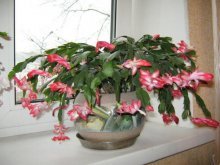
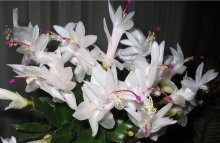
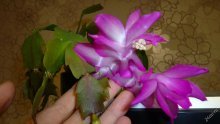
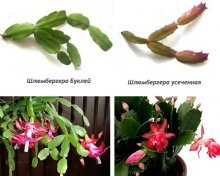

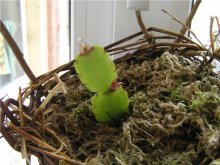
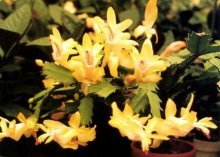


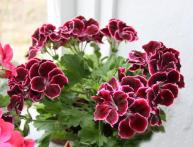
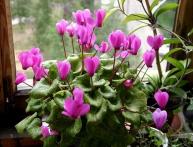



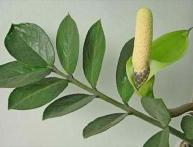
Comments
I have several types of Decembrists and they all grow and bloom safely.But sometimes they begin to bloom very early - buds begin to form in early October. I cut them off and leave them only at the end of November. Is it correct?
My Decembrist did not bloom at all for several years. I placed it away from the sun and watered it, but it didn’t show itself at all. At some point I got offended by him and put him out on the sunny side. It really came to life, the stems rose in an arc and it blossomed for the first time. Apparently, flowers, like people, are all different.
You did everything right. In order for the Decembrist to bloom, it needs to be stressed - first put in a shaded place and reduce watering, and after a month put it in a sunny window and increase watering.
It’s a pity that I didn’t read earlier that it’s not worth buying a flowering cactus. For me, he actually dropped all the flowers the next day after I brought him home. More than 3 months have already passed, but it still has not started to bloom.